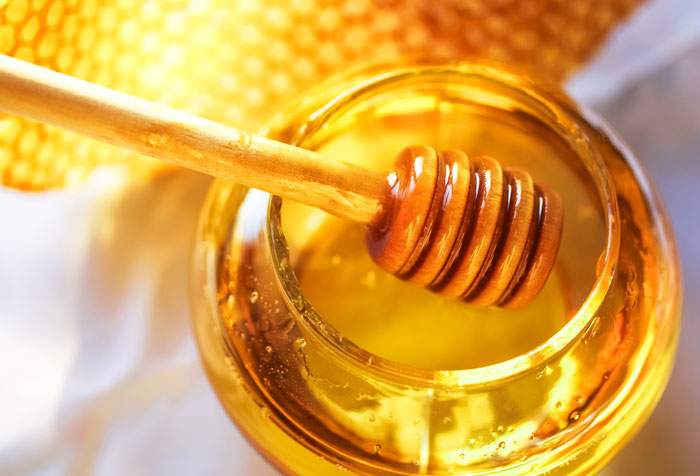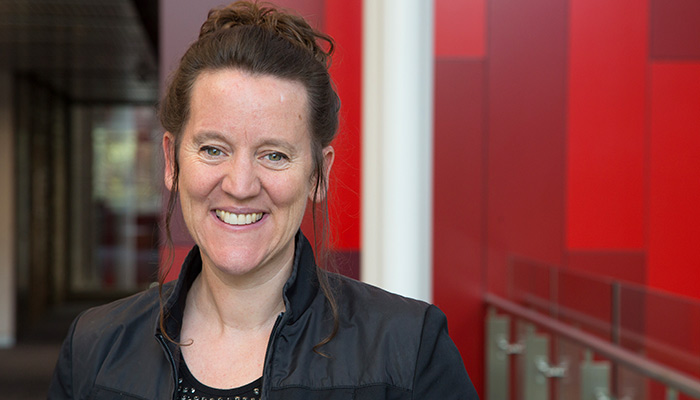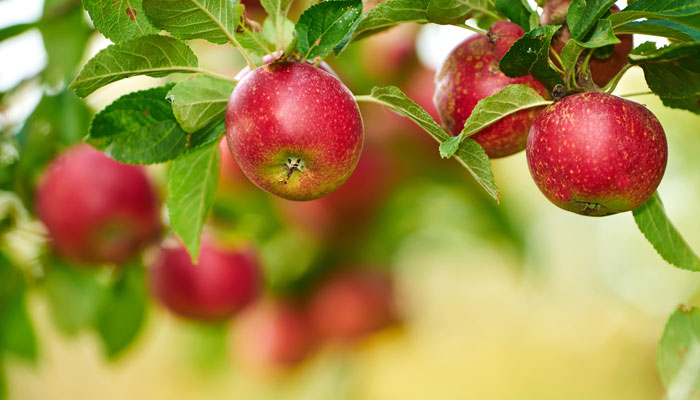Early calculations estimate that more than 50,000 hives around Australia have lost their bees in the extreme heat and recent bush fires, says biologist Professor Andrew Barron.
This is thought to be a conservative estimate and one which will have long term effects on honey production and almond production as well as the regeneration of Australia's burnt bush.
But Professor Barron is hoping microscopic tagging of individual bees will uncover crucial new data which could help the world's bee colonies survive and ultimately protect our fresh food supply.
Digital backpacks
Lead by Professor Barron, the team from the Department of Biological Sciences has been calculating the effects of heat and stress on bees by using tiny digital chips which are manually glued to the bees backs as they hatch from the hive.
These chips monitor and record the bees entire working life. On average a bee will exit the hive around nine times a day to gather nectar and pollen for honey production. The research hives are electronically weighed every minute to monitor the growing honey stash delivered on the bees return.
In the heat, some bees are redirected from their foraging to gather cooling water to splash through the hive while others turn their efforts to fanning the hive in order to maintain its precise healthy temperature of 34.5 degrees C.
This information on the bees' working habits and the resulting yields of honey is critical in finding ways to help them survive the effects of climate change.
Barron says we can all contribute to the sustainability of the bee population by avoiding pesticides in the garden, and by growing flowering plants and vegetables to provide the pollen and nectar for healthy bee colonies to thrive.
Heat stress research
Data already collected has found that bees react to stress by becoming foragers when very young, but the immature bees perform terribly as foragers. Most of the young foragers complete just a handful of successful trips before dying. This intensifies the pressures on the colony, setting up conditions for catastrophic population decline.

Plummeting supply: Australian honey production has dropped by 70 per cent in the past 12 months, Professor Barron says.
The data is now being used to construct a mathematical model of colony demographics which accurately captures the unusual features of a colony collapse. This research reveals for the first time the mechanism of a hive collapse. The researchers are now working on developing ways to address population decline and rescue failing colonies.
- Please explain: how to use a defibrillator in an emergency
- Mystery of stolen Egyptian artefact cracked by hieroglyphs
The team is now pursuing field research in collaboration with the United States Department of Agriculture and CSIRO to test interventions to rescue colonies and develop new and cost-effective sensor strategies to give beekeepers an early warning that a colony is at risk while there is still time to intervene.
Andrew Barron is an Associate Professor in the Department of Biological Sciences.
An earlier version of this story was first published on February 16, 2018 and updated January 23, 2020.



